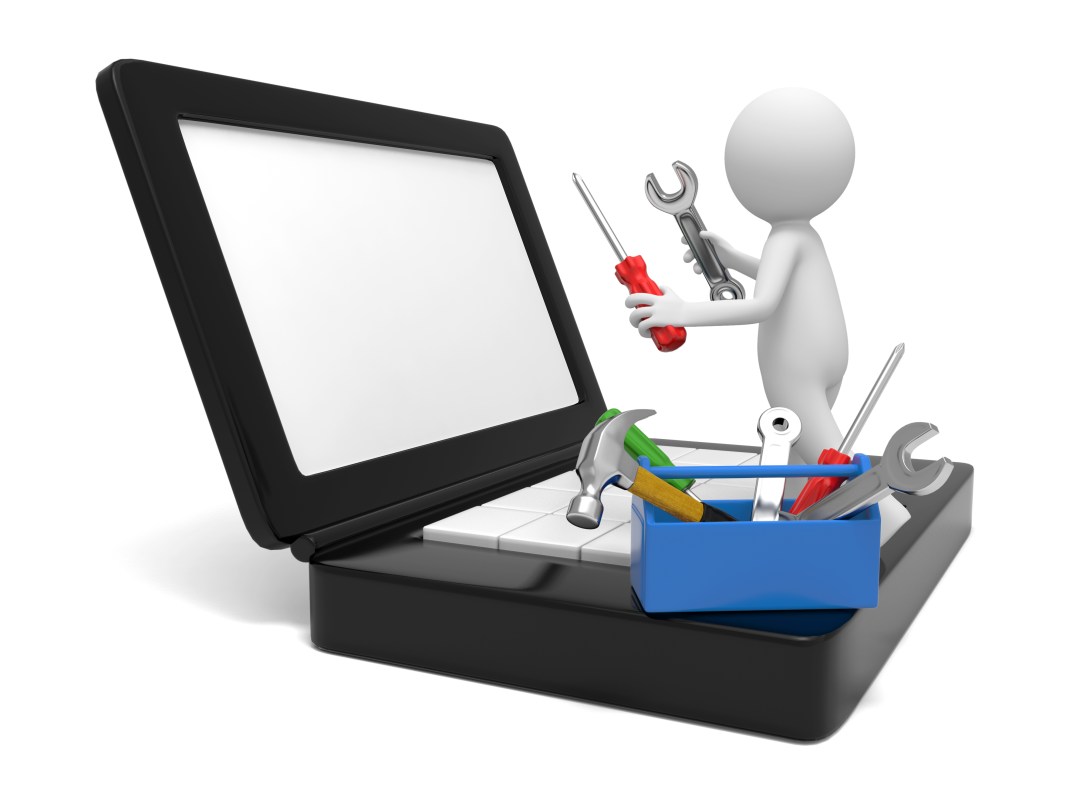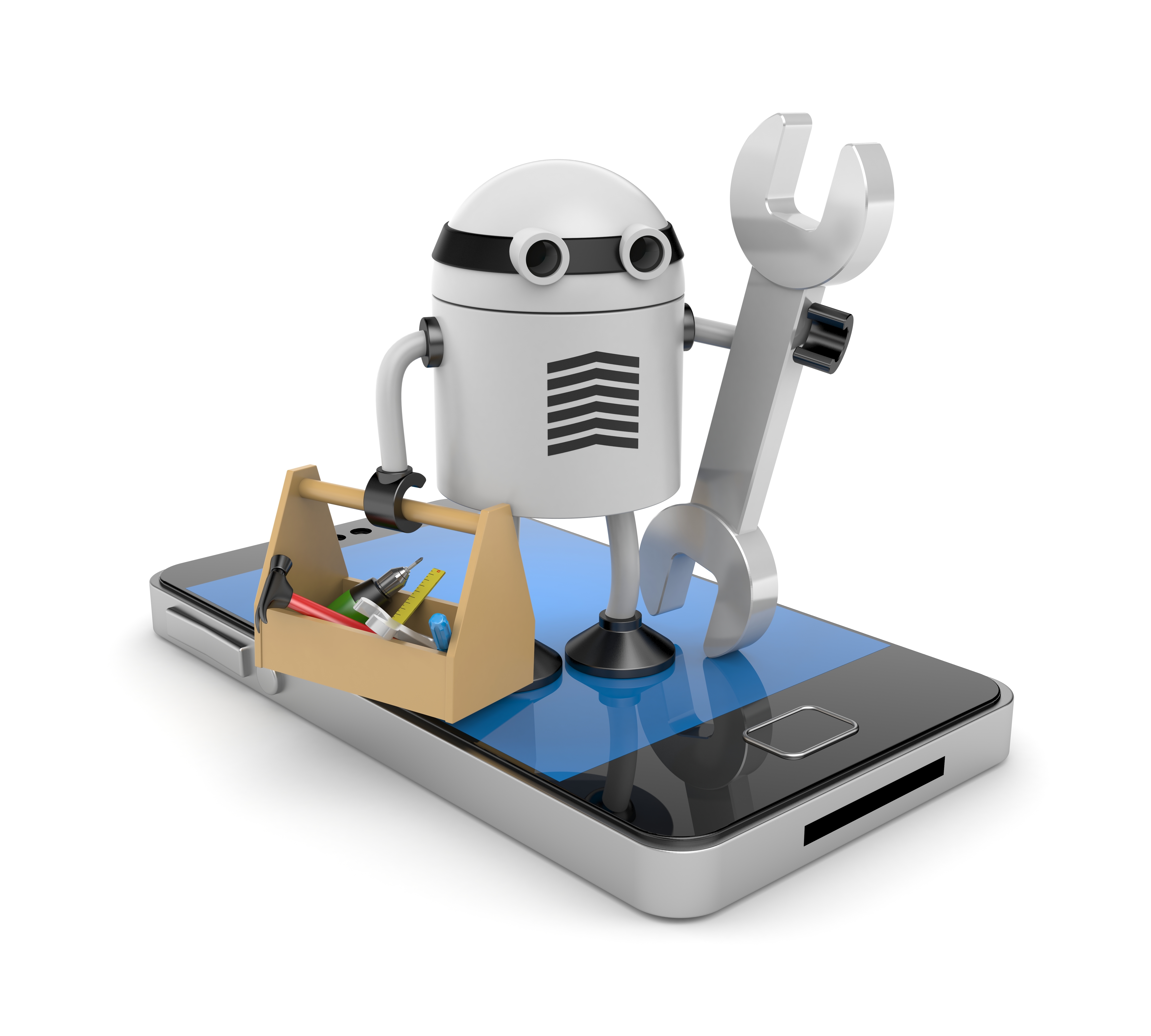The pure joy of tech DIY
Building your own gadgets is not only satisfying, but it can save you cash and get you what you really want, says Will Findlater

Here’s a little secret about me: I’m a compulsive tinkerer.
Another one. I’m a bit of a cheapskate. And a bit of a perfectionist. It’s not a great combination. I’m seeing someone about it. But it does mean that I often end up with better-performing kit than my contemporaries – kit that I understand intimately and which cost me less money.
There are two main types of gadget enthusiast: the ‘wow that’s amazing’ team and the ‘wow that’s amazing, I’m going to make one myself’ clan. Actually there’s a third, the ‘wow that’s amazing, I’ll work out how it functions and build an open-source version of it to distribute myself’ group – to whom the DIY clan are eternally grateful (and by whom we are utterly bemused).
An imbalance in our make-up prevents us from simply wanting something we see in a magazine like Stuff, and then saving up and buying it. We want to work to get it. We want to somehow achieve it for ourselves. And when we do, I think we extract more joy than a simple purchase can provide. Luckily, you can be just like us. All it takes is a little oblique thinking, a fair bit of spare time, and a set of those tiny screwdrivers.
The research phase
There are various levels of complexity of build. It can range from making good use of components you already have to the construction of a complete ground-up creation – and the former is often a gateway drug for the latter. Say you identify a personal need or ‘problem’: perhaps you want a streaming speaker system, but don’t fancy shelling out for a Sonos given that you already have a perfectly good set of hi-fi components or an iPod dock system. So, you start your research and realise you could get QED’s uPlay Stream for £150 and hook it up via phono cables.
But then you lament the QED’s inability to play Spotify streams, so you start looking at AirPlay adaptors that’ll mirror Spotify to your speakers. Then you get sucked into forum discussions about quality degradation and realise what you actually need is a device that will work with Spotify Connect, so the stream comes directly via your web connection and not an iOS gadget. But you find there’s no Spotify Connect adaptor, so you look to other solutions that stream Spotify directly, such as the now-defunct (but quite reasonable on Ebay) Logitech Squeezebox Touch.
And then you start to wonder about quality. Spotify’s one thing, but what about the FLAC files you’ve ripped from CD, or the high-res audio files you might eventually buy if anything decent ever comes out in the format? You can the ideas you’ve had so far and start looking into building your own silent XBMC-running PC with an external DAC, which can all be controlled via your iPhone – and you realise you can get one for sub-Sonos money anyway, and that it can do much more stuff like serve files to another wireless audio player. But which wireless audio player? And so the cycle continues.
READ MORE: High-resolution audio is saving us from music dark ages

You’re not actually going to build the thing, are you? The escapism of the research phase is fun in itself, getting lost in the detail of components and reading up on optimum settings and tweaks. In fact, many projects never progress beyond this stage; they’re filed in our ‘nice idea, utterly unrealistic’ bank of neurons and occasionally revisited just to double-check that yes, they are a little bit stupid/expensive/impossibly time-consuming.



